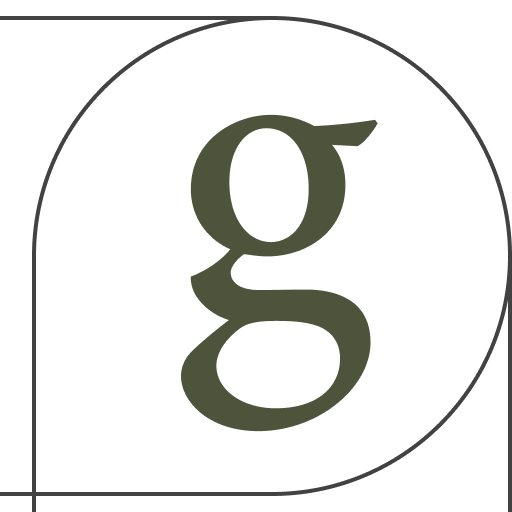The Gym No. 8: In lieu of a story
What does it mean to initiate movement from the core, from the hip, from the knee, from the toe? Each activation point tugs the body to react in different ways; we need all of it. But the other movements are sustainable with integrity only if the core is established first. (Or you can call it aplomb—root work, radical.)
O sages and griots. Hey storytellers. Psst, futurists. Arts writers—stay in the room. (As ODC’s Brenda Way advises. Sage.) I feel the toes and knees moving and pulling—it’s so good! Tickets are selling, doors are open, festivals are happening, theaters are breathing once again.
There’s excitement and there’s that still-pervasive doom and trauma, at this moment when many of us are still anxious and tired, our so-called representatives just keep kicking us when we’re down, and gross inequities and dysfunctions continue to reveal themselves at the cost of human lives. All these feels and reals make it hard to see the ecosystem, to grok how things are orchestrating or reacting from a core. I mean, huge economic and strategic shifts among arts orgs are happening, both causes of and responses to changes in individual artist and company practices, which also both cause and react to new creative and audience behavior. My head hurts just trying to understand!
Why try? I think there’s a story to tell here, some sense to make about our evolving relationship to art, to performance, to gathering, and the dialogues we want to have. In case you’re still hoping I have the story—I don’t. I have only
☙ critical contexts ❧
In-person performances are back, and critics are back. We need them to show us how to keep our heads up. I was buoyed to read Gia Kourlas on New York City Ballet, critical of two new ballets she felt wasted resources—a problem that feels acute in this era of reduced funding, limited gatherings, and reduced attention to things that aren’t life-and-death. She would not give NYCB leadership a pandemic pass on programming; if anything, it’s more important now to present work that matters. Does this reflect the sensibilities of wider audiences? Are we just so happy to see folks up on stage, or are our bullshit sensors heightened? If the latter, how long will that last?
Both Kourlas and Faye Arthurs, writing in Fjord Review on a different NYCB program a week earlier, were easier on the dancers themselves. Both called out technical rough edges and nerves, respectfully reminding readers that dancers are creatures of practice and social proximity, and it’s to be expected that when they’re cooped up in their living rooms for a year, it’ll take some time to get everything back.
With Austin’s Guardian of the Arts (and my best-ever editor) Robert Faires having left the Chronicle, which isn’t backfilling his position, Austin is left with no dedicated arts editor or staff arts writer at a general-interest news daily or weekly. Which means that, say, if two important Austin dance companies were returning to live performance after 18 months of a pandemic the weekend before ACL, the papers may not make a sound. (Ballet Austin and A’lante Flamenco opened their live seasons Sept. 24-25. I brought my family to A’lante, and judging from the size of the crowd on the Zilker Hillside, they weren’t hurting for the lack of coverage. Ole!)
A nod to those keeping the lights on in Austin arts journalism: former Statesman arts editor Jeanne Claire Van Ryzin’s independent arts mag Sightlines, continued arts coverage at the Chronicle (how much remains to be seen), by stalwart arts writer and arts listings editor Brenner and former film editor Richard Whittaker, who now leads a section called Culture, and statewide pubs Glasstire and Arts & Culture Texas. Thanks to these folks, Austin is still not quite a one-horse town when it comes to arts coverage. (Lights, horses—see why one needs an editor?)
✧ which breed questions ✧
What gaps exist between age-old engagement or critical structures and the needs of artists and audiences in the post-Covid digital age? With so much having fallen down, what exactly should we build?
✰ and inspo ✰
Fusebox Festival’s Waffle Chats, Written & Spoken, and community hub spaces, plus Live in America
The Walker Arts Center’s Walker Reader and events
The Menil’s publications and events
ODC’s writer-in-residence program (the writer is Sima Belmar and here’s her podcast)
✧ and more questions ✧
What analogous relationships in our communities can serve us as we design new relevant and sustainable ways of documenting, storytelling, championing, and conversing about the arts?
And are we entering a post-mediated phase of the arts, where audiences drink in art experiences without critical (and even curatorial) middlemen, just like Warby Parker empowers me to curate my own options and choose frames without an optometrist? (How this is going: I own more eyeglasses than ever before, but none of them fit quite right.)
❦
Of course, these questions feel like pirouettes I keep falling out of. Something’s askew. I think back to the last time I felt truly centered:
At Grayduck Gallery last weekend, I caught Elizabeth Chile’s show Time Being just before it closed. After moving through vivid dappled meadows of poppies and wildflowers, viewed at the eye-level of maybe a toad, you arrive in the back room of the gallery, with its high windows and ceilings, where a grid of sun-prints of sunflower heads quietly explodes. The story is real, the story is told, we are telling it and Chiles is telling it through us, it is a true story but at the same time it is a story we desperately need and a story only Chiles could tell. The word “story” might start to fell stupid, inadequate, reductive. Something happened, is happening. It happens to us together. Somehow, I just want us to mark that, remember it.
✹
